Training Tomorrow’s Jewellers: Jasmin Karger on Merging Tradition and Technology
“The maturity of the young people who join the Foundation Programme always surprises me. They’re passionate, committed, and have already chosen something they love. They understand the challenges, but they’re ready for the journey ahead”, says Jasmin Karger, jeweller, educator and innovator. These words capture the heart of the Goldsmiths’ Centre’s Jewellery Foundation Programme, which equips aspiring goldsmiths with traditional craft skills and cutting-edge technology to launch their careers.
As the UK’s educational landscape shifts, the programme is evolving to meet the jewellery industry’s needs, with the Goldsmiths’ Centre reaffirming its commitment to nurturing the next generation of creative talent. With over two decades of international experience as a goldsmith, CAD educator, and jewellery designer, Jasmin shares her insights into the importance of equipping students with both time-honoured techniques and modern technological proficiency, and the bright future awaiting young jewellers who are ready to embrace the journey.
Early Career and Global Experience
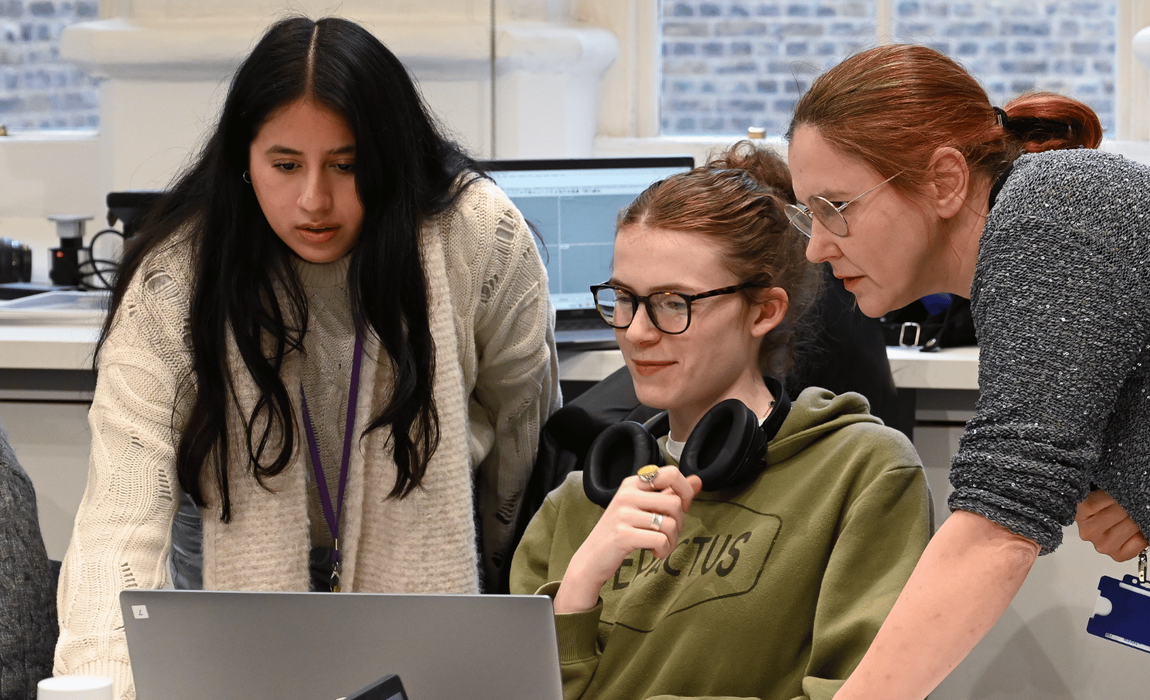
I'm Jasmin Karger. I was trained as a traditional bench jeweller in Germany, and after my apprenticeship, I took part in an exchange programme provided by the German government. It was absolutely fantastic, and that’s how I ended up in London. I was really lucky to work with incredible artists like Jacqueline Mina. Jackie is also responsible for encouraging me to attend a seminar at Goldsmiths' Hall - there was no Goldsmiths' Centre at that time - and that’s where I was introduced to computer-aided design (CAD). When I discovered the power and opportunity for the jewellery industry, I was blown away, and it completely changed my career path.
I went on to study and teach at the Gemological Institute of America (GIA), and once again, it was an amazing experience. They sent me to places like California, and I went on buying trips to Thailand and Brazil. I’m still planning to visit many more places. I learned so much from the companies and the people I worked with in the industry. Eventually, I moved to Berlin, to a small town about an hour outside of the city, where I started working for a 3D printing company called Formlabs. I was their European jewellery consultant, helping bench jewellers introduce 3D printing technology into their manufacturing processes. It was incredibly interesting, and I still find it fascinating. Since 2019, I’ve been running my own school, teaching 3D printing, CAD jewellery design, illustration, and also manufacturing. I built some workshops in my house, and it has been a great experience.
The Goldsmiths' Centre and Teaching Evolution
I remember when the Goldsmiths' Centre was in the process of being built. It was still a derelict school building, but I saw what was happening there and got excited. It’s such a fantastic place that brings together all parts of the trade - from designers to bench jewellers and gemologists. It’s great to have a space where everyone can meet and collaborate. The network is invaluable, and I continued to return to the Goldsmiths’ Centre even after I moved back to Germany. Eventually, I approached them about renting space, and they asked if I wanted to teach. Though I was living in Germany, they were flexible and allowed me to teach online during the pandemic. It was a brilliant experience, and I’m excited to return to teach the Jewellery Foundation Programme in January.
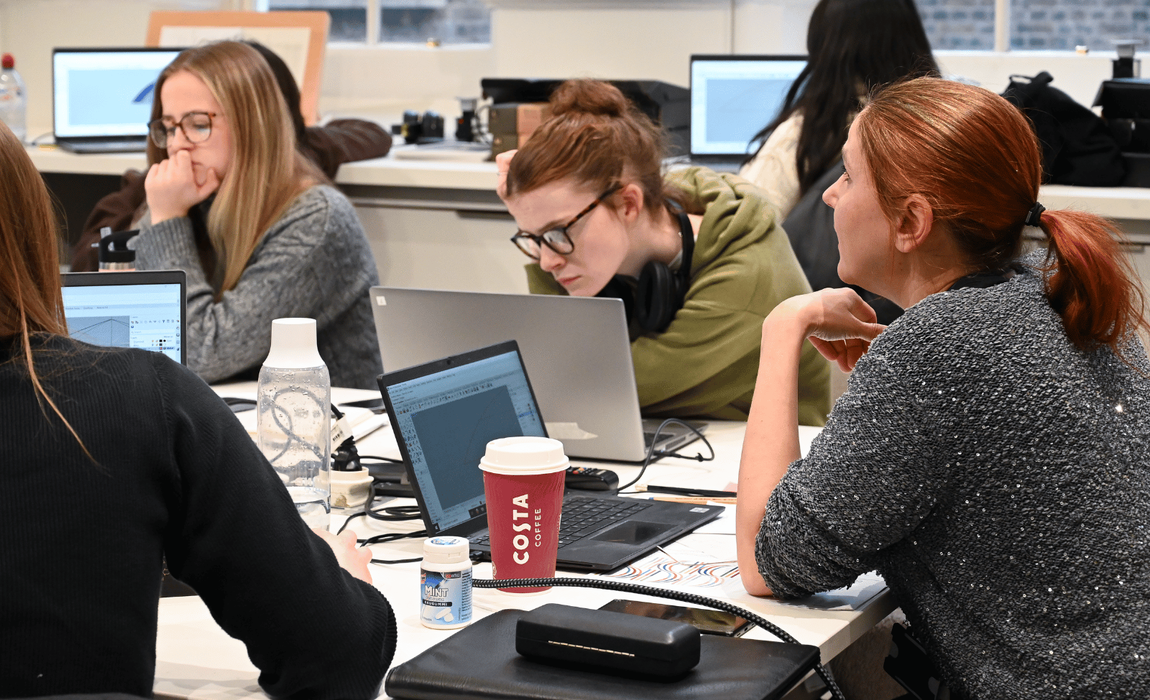
Our trade is highly interconnected, and I’ve always enjoyed that aspect of it. There’s a real sense that you’ll hear about opportunities or people will approach you with new ideas.
Cultural Differences in Jewellery Design: Teaching Skills across Borders
Jewellery in the UK and Germany is quite different in style. German and Scandinavian jewellery tend to use a lot more metal in comparison to the more intricate designs in the UK and the US. German jewellery is often a little more experimental, but traditional jewellery, like engagement rings or solitaire rings, remains popular. In Germany, there are many "one-man band" jewellers, each with their own unique style. While traditional engagement rings are still common, many people prefer wearing one-off pieces that nobody else has.
In terms of training, it’s different in Germany. The techniques focus on precision - everything needs to be straight and perfect, and the style tends to be quite blocky. When I moved to the UK, I was asked to make a three-stone ring, and I had to explain that we don’t really make rings like that in Germany. It was a challenge, but a great learning experience. So, the approach to making jewellery is very different, and it’s fantastic that I’ve had the opportunity to experience both worlds.

Visiting factories in Thailand was incredible. You walk into a huge space with hundreds of people working on stone setting, polishing, and everything in between. And working in Florence opened my eyes to traditional craftsmanship. I saw some of the most beautiful pieces created by jewellers who had been in the trade for 50 years. They didn’t use any computer technology, just their hands and decades of experience. They were so skilled that I couldn’t find a mistake in their work, even when I was looking through a loupe. It was an honour to witness such expertise.
However, I’m honest with myself: I will probably never be as good as these artisans who’ve been working for decades. At some point, I closed my workshop, took my laptop, and started to explore computer-aided design. It was incredibly beneficial because it expanded my understanding of design and opened up endless possibilities. CAD is a powerful tool, but it’s not the same as working with your hands on the bench for hours every day. The skill of benchwork is irreplaceable, but technology has transformed how we approach design.
Keeping Up with Technological Advances in Jewellery
When it comes to teaching, it’s crucial to stay updated and relevant, especially in the fields I teach. The technology is moving so quickly, and if you don’t keep up, you’ll be left behind. The same thing happens with mobile phones - what’s cutting-edge today is outdated tomorrow. The same is true for CAD, 3D printing, and other tools. If you don’t keep up with software updates or advancements in equipment, you can’t effectively teach students. For me, staying on top of industry trends, attending trade shows, and looking at innovations in other industries is key. Technology in product design, architecture, and engineering can often give you a glimpse of what’s coming to jewellery.

Looking at other industries is particularly important because technology in fields like architecture and product design often trickles down into jewellery. CAD and 3D printing were already mainstream in engineering and product design long before they became relevant in jewellery.
It’s vital to be aware of these developments, especially since the jewellery industry is often slower to adopt new technologies. That’s why it’s essential to teach students about these innovations and encourage them to think outside the box. They need to understand that they might be able to use emerging technologies in ways no one else has thought of yet.
AI's Role in the Future of Jewellery
At the moment, I’m researching the potential impact of AI on the jewellery industry. It’s such an exciting and somewhat terrifying prospect. AI is already being used to generate designs, and the technology is advancing rapidly. I’ve seen AI-generated designs, and it’s hard to deny how impressive they are. The question is, how will we remain relevant as designers and bench jewellers when machines can do so much of the work? As educators, it’s important to talk to students about this, to help them understand how to take advantage of these advancements without getting overwhelmed.
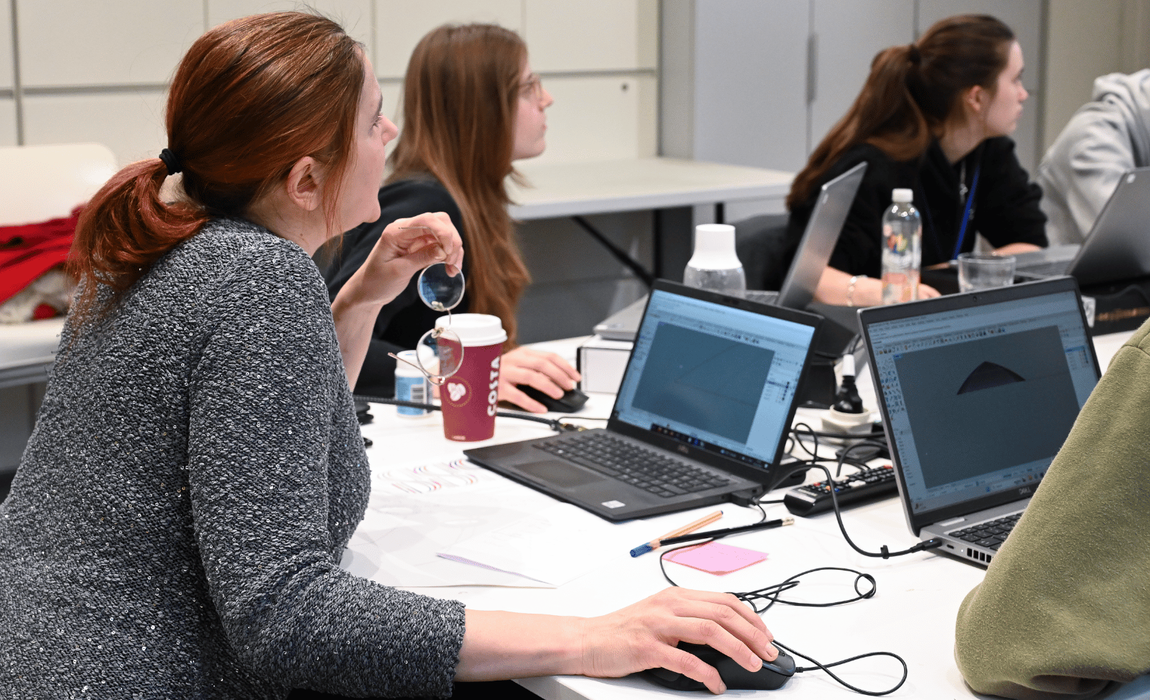
It’s a bit scary, isn’t it? I mean, when I first tried out AI for generating text, I was amazed at how good it was. As a writer, I’m grateful for these tools, but as a jeweller, I can’t help but wonder what it means for creativity. Will we lose our ability to be creative if machines are doing much of the work for us? Or will these tools make us even more creative?
I think we all have to figure out how to use these tools responsibly. As a designer, I haven’t used AI for generating designs because it doesn’t feel right for me. I want to create original work for myself and my clients, as well as for my students. But when I’ve experimented with it, I’ve been impressed by how good it can be. The idea that a machine could generate something as beautiful as a piece made by hand is a bit unsettling. However, I think there are still plenty of opportunities for human creativity to thrive alongside these new technologies. Hopefully, we can find a way to use these tools that doesn’t make us obsolete. We’ll have to wait and see. But the possibilities are both exciting and daunting at the same time.
Overcoming Technological Fears in Students
“When it comes to teaching, one of the most common obstacles my students face is overcoming their fear of technology. I often hear, “I’m not good with computers” or “I hate computers.” I’ve heard these comments countless times, but once students sit down and try, they realise it’s not as scary as they thought. The challenge is often more mental than technical.”
Once they overcome their fear and start experimenting, they usually get excited about the possibilities. Of course, CAD and technical drawing are precise and require attention to detail, but most students can get the hang of it with time. It’s about breaking things down into manageable parts and giving them the confidence to keep going.
It’s one of the most rewarding aspects of teaching: seeing students who initially struggled with the software transform into confident designers. It’s always a joy to watch that journey unfold.
The Future of the Jewellery Foundation Programme
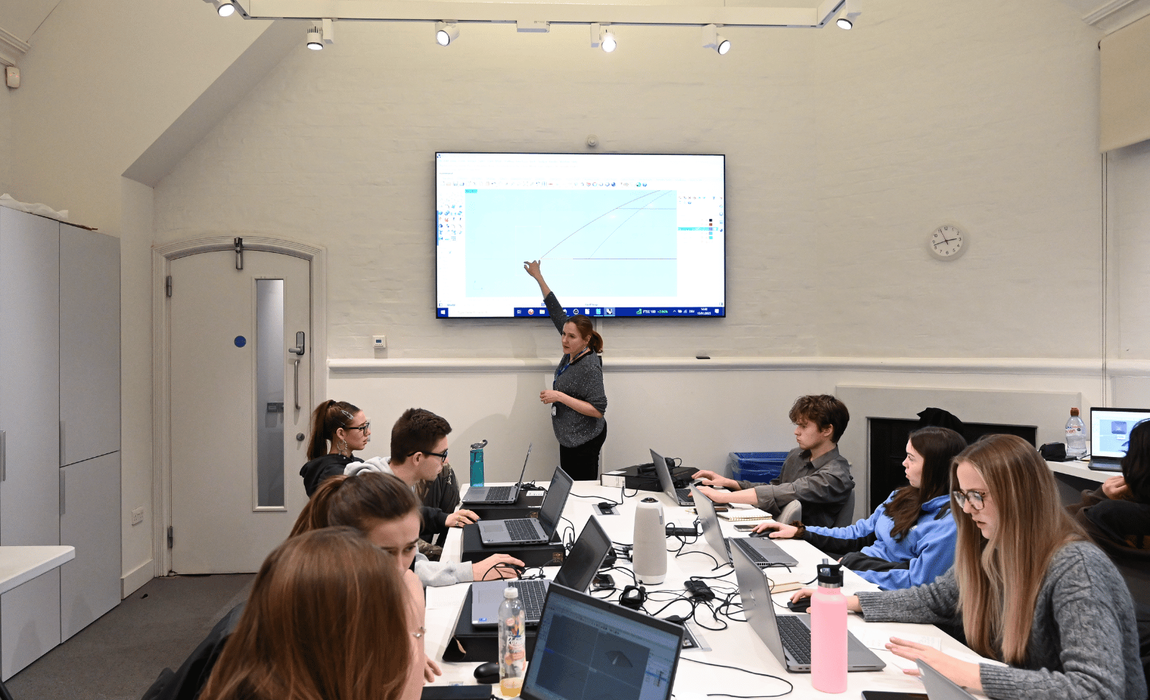
The Foundation Programme is evolving, but the fundamental goal is clear: we’re training young people to succeed in the jewellery industry. That hasn’t changed, and I don’t believe it will. What may change is how we achieve that. As instructors, we always strive to get the best out of the programme for the students, and that means adapting and evolving as the industry changes.
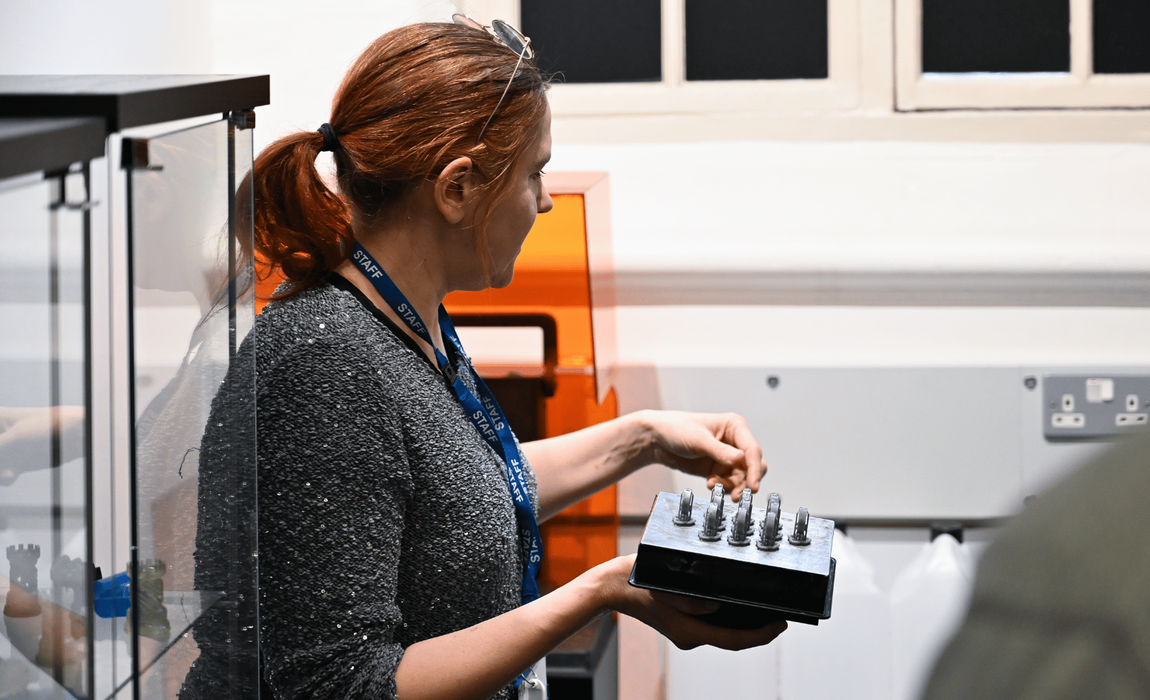
What’s really crucial, I believe, is that we teach traditional craftsmanship alongside the new technology that’s shaping the industry.
The jewellery industry has evolved over centuries, yet many techniques that have been in use since the Bronze Age are still relevant today. In some ways, workshops today still resemble medieval ones, but now, of course, we have electricity and modern tools. The traditional skills will always be relevant if we continue to nurture them, and that’s something I really love about the Jewellery Foundation Programme at the Goldsmiths’ Centre. They don’t discard traditional techniques just because they’re slow or expensive; they teach them because they are valuable. And while new technology is important, it shouldn’t replace those skills. We might need to introduce new subjects to keep pace with industry changes, but we shouldn’t lose sight of traditional craftsmanship, and I don’t think we will.
Teaching Traditional Skills in a Modern World
Looking ahead, the real issue for the UK’s jewellery industry is how we stay relevant. We know the world is changing, and technology plays a big part in that. What we can’t predict is how global manufacturing, like that in China and India, will affect our ability to compete. Jewellery is a luxury item, and when gold and silver prices rise, it becomes harder to justify buying a piece of jewellery when cheaper alternatives are available. But there will always be people who are so creative and skilled that they will succeed, no matter the economic pressures.
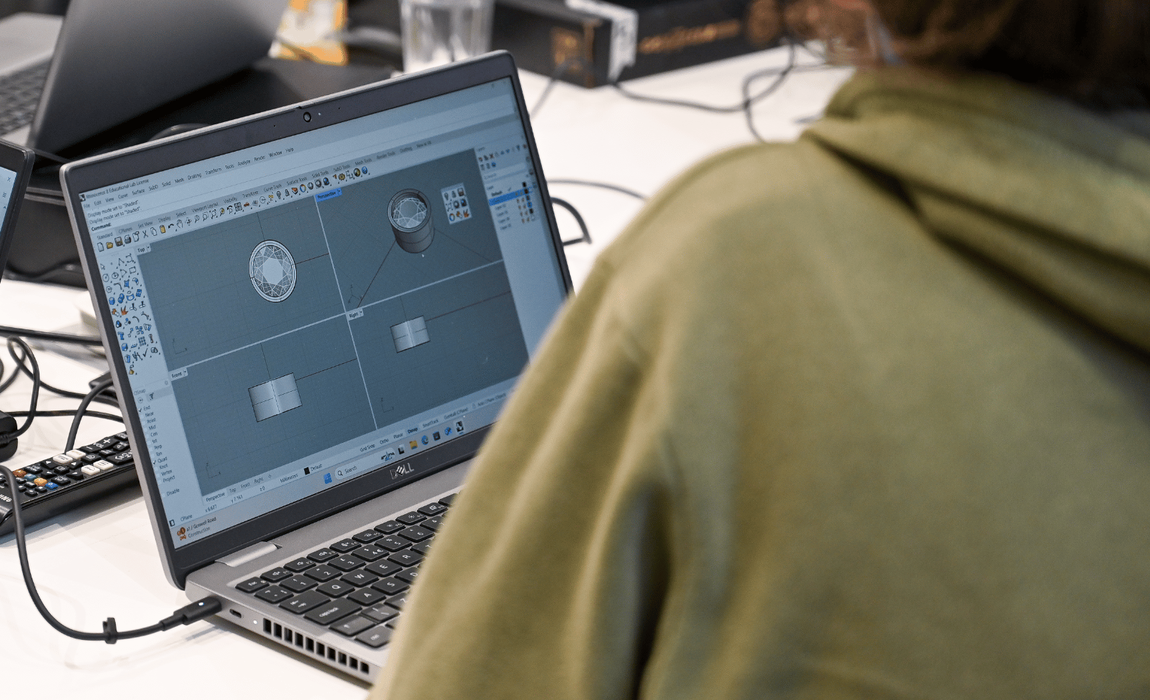
The hope is in the next generation, those who come through the Jewellery Foundation Programme. I’ve always been surprised by how mature the young people are who join the Foundation Programme. They’re passionate, committed, and have already chosen something they love. They understand the challenges, but they’re ready for the journey. It’s a fantastic thing to see.
As a teacher, you’re there at the very beginning of their journey, influencing their future in ways they may not even yet realise. If a student were to ask me if becoming a jeweller in today’s world is a good idea, I’d say absolutely. Yes, it’s hard, but if you’re passionate, you’ll find your niche. You’ll get through the tough times and have a rewarding career at the end. It’s a journey, and it will be worth it.